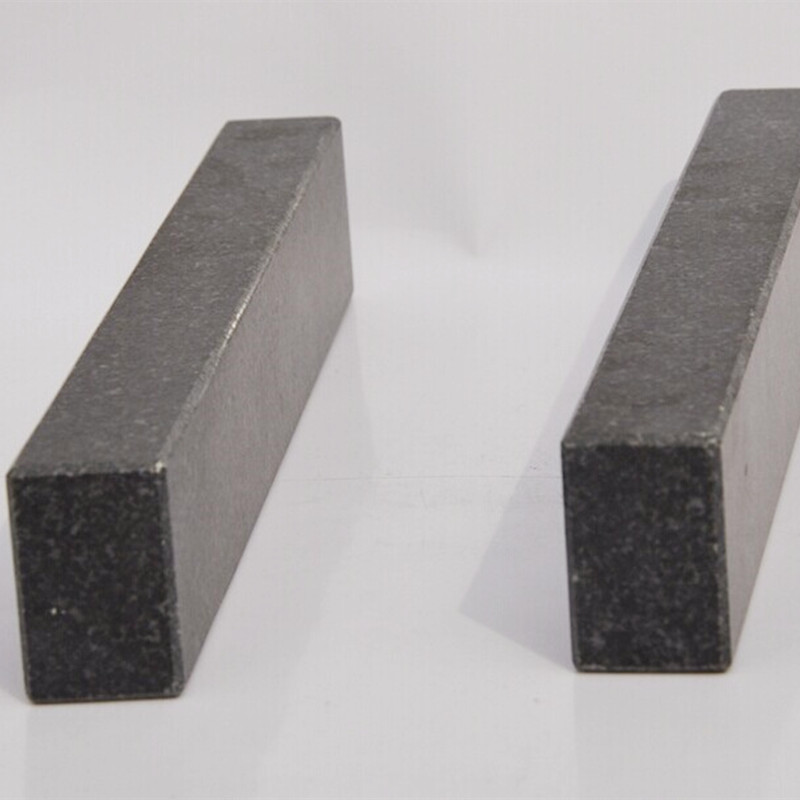Dec . 24, 2024 14:11 Back to list
Effective Solutions for Reducing Vibration in Industrial Environments with Quality Pads
Understanding Anti-Vibration Pads in Industrial Applications
In industrial settings, machinery and heavy equipment play a crucial role in the production and manufacturing processes. However, the vibrations generated by these machines can lead to various issues, including equipment wear and tear, structural damage, and even health risks for workers. To mitigate these effects, many industries are turning to anti-vibration pads as an effective solution.
What are Anti-Vibration Pads?
Anti-vibration pads are specialized materials designed to absorb vibrations produced by machinery and prevent them from transmitting to other structures and equipment. These pads are typically made from resilient materials such as rubber, neoprene, or polyurethane, which have excellent shock-absorbing properties. They come in various shapes and sizes to accommodate different types of equipment and can be used in numerous settings, from heavy manufacturing plants to sensitive laboratory environments.
The Importance of Vibration Control
Vibration can lead to significant problems in industrial operations. When machines vibrate excessively, the resulting oscillations can cause misalignment of components, leading to increased wear and premature failure. This not only leads to costly repairs and unplanned downtime but can also compromise the quality of the output. Furthermore, vibrations can affect the surrounding infrastructure, potentially damaging floors, walls, and adjacent machinery. Addressing vibration issues is, therefore, essential for maintaining operational efficiency and ensuring the longevity of equipment.
Benefits of Anti-Vibration Pads
1. Enhanced Equipment Durability By minimizing the impact of vibrations, anti-vibration pads help extend the lifespan of machinery. This means fewer replacements and lower maintenance costs, ultimately enhancing the return on investment for businesses.
2. Improved Operational Efficiency When equipment operates smoothly without excessive vibration, it runs more efficiently. This efficiency translates to better productivity and consistency in manufacturing processes, contributing to a better bottom line.
3. Worker Safety and Comfort Vibrations can lead to uncomfortable working conditions, potentially causing fatigue and health issues among workers. Anti-vibration pads help create a more stable environment, making it safer and more comfortable for employees.
4. Noise Reduction Vibrations often result in noise, which can be distracting and harmful in an industrial setting. Anti-vibration pads can help dampen the sound produced by vibrating machinery, creating a quieter work environment that enhances focus and productivity.
anti vibration pads industrial

Types of Anti-Vibration Pads
There are several types of anti-vibration pads available, each suited for specific applications
- Rubber Pads These are versatile and widely used in various industries due to their excellent vibration absorption and durability.
- Neoprene Pads Neoprene offers superior resistance to oil and chemicals, making it ideal for environments where such substances are present.
- Polyurethane Pads These are known for their high load-bearing capabilities and resistance to wear, making them suitable for heavy machinery.
- Spring Isolation Pads Incorporating springs, these pads provide additional flexibility and shock absorption, perfect for sensitive equipment.
Installation and Maintenance Considerations
Proper installation is crucial for the effectiveness of anti-vibration pads. It's essential to ensure that the pads are compatible with the machinery's weight and operational characteristics. Additionally, regular inspections and maintenance should be performed to check for signs of wear and tear. If a pad shows excessive degradation, it should be replaced promptly to maintain optimal performance.
Conclusion
Anti-vibration pads are an essential component of modern industrial operations, providing a cost-effective solution to manage vibration-related challenges. By enhancing equipment durability, improving operational efficiency, ensuring worker safety, and reducing noise, these pads play a vital role in creating a stable and productive work environment. As industries continue to evolve, investing in quality anti-vibration solutions will remain a key strategy for maintaining competitiveness and operational excellence. Whether in manufacturing, construction, or any other industrial field, understanding and utilizing anti-vibration pads can lead to significant long-term benefits.
-
Water Valve Gate Design Prevents Leakage and CorrosionNewsJul.11,2025
-
Steel Fab Table Features Reinforced Construction for LongevityNewsJul.11,2025
-
Specialized Valve Designs for High Pressure SystemsNewsJul.11,2025
-
Machinist Gauge Pins Feature Ground and Lapped FinishesNewsJul.11,2025
-
Hose Check Valve Prevents Backflow in Irrigation LinesNewsJul.11,2025
-
Durable Micrometer Tools Withstand Heavy Workshop UseNewsJul.11,2025
Related PRODUCTS









